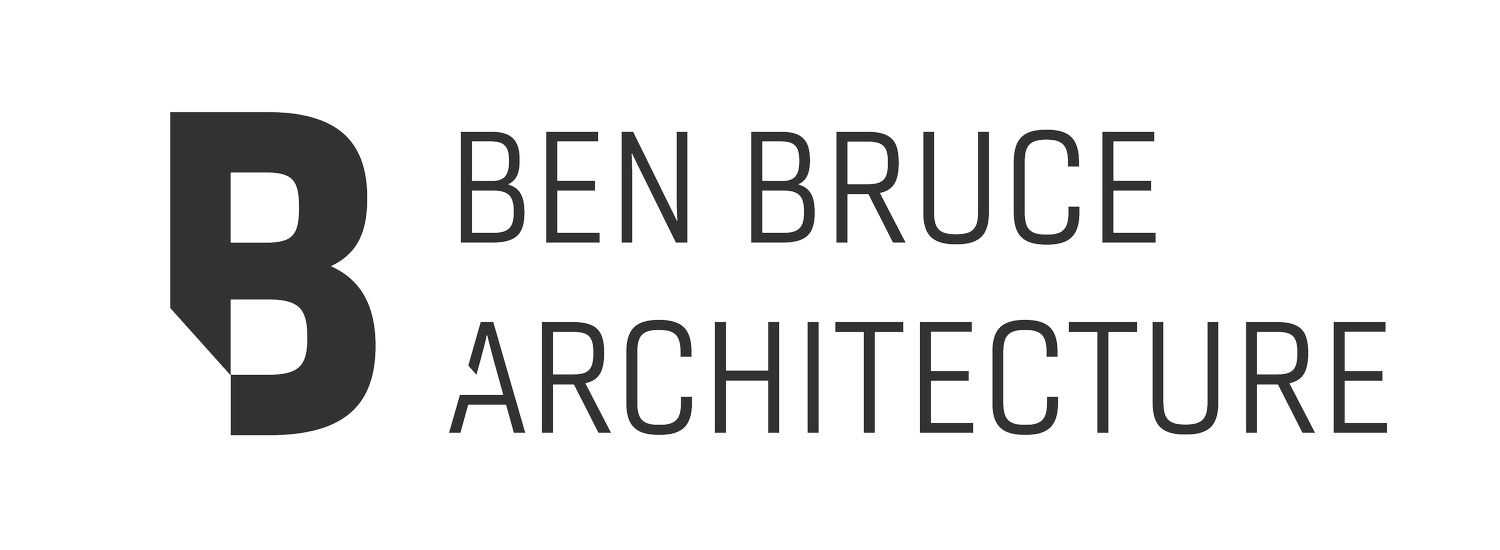Liberatory Access
It can feel like I have fewer chances to consider why I am driven to do what I do - the main drivers don't really change year after year, but the way I can articulate them does.
Allentza Michel of Powerful Pathways and Jeffrey Mansfield of MASS Design Group brought a few new lenses for which I see how my work has to be framed, and goal posts to always be working towards. They spoke at the BSA's recent Intersections Symposium in regards to equity, mobility, and fostered a nuanced conversation about access and justice in design and planning.
I am looking to find answers to questions about what makes space just, healthy, and empowering to as many people as possible. I am interested in design solutions that address systemically rooted spatial injustices, and encourage people to dismantle the power structures that caused them. I have been working as a designer in the profession for more than seven years and have only scratched this surface, which has not been for lack of trying. There is work to be done, and it’s going to take all of us. I am interested in spaces that provide “liberatory access” as Jeffrey Yasou Mansfield puts it. That is, spaces that uplift and empower those at the margins by telling meaningful stories about their culture through the co-creation of spaces, and providing space for joy where there were only barriers before.
Conceptual Perspective of Boston’s “Future Decker”


